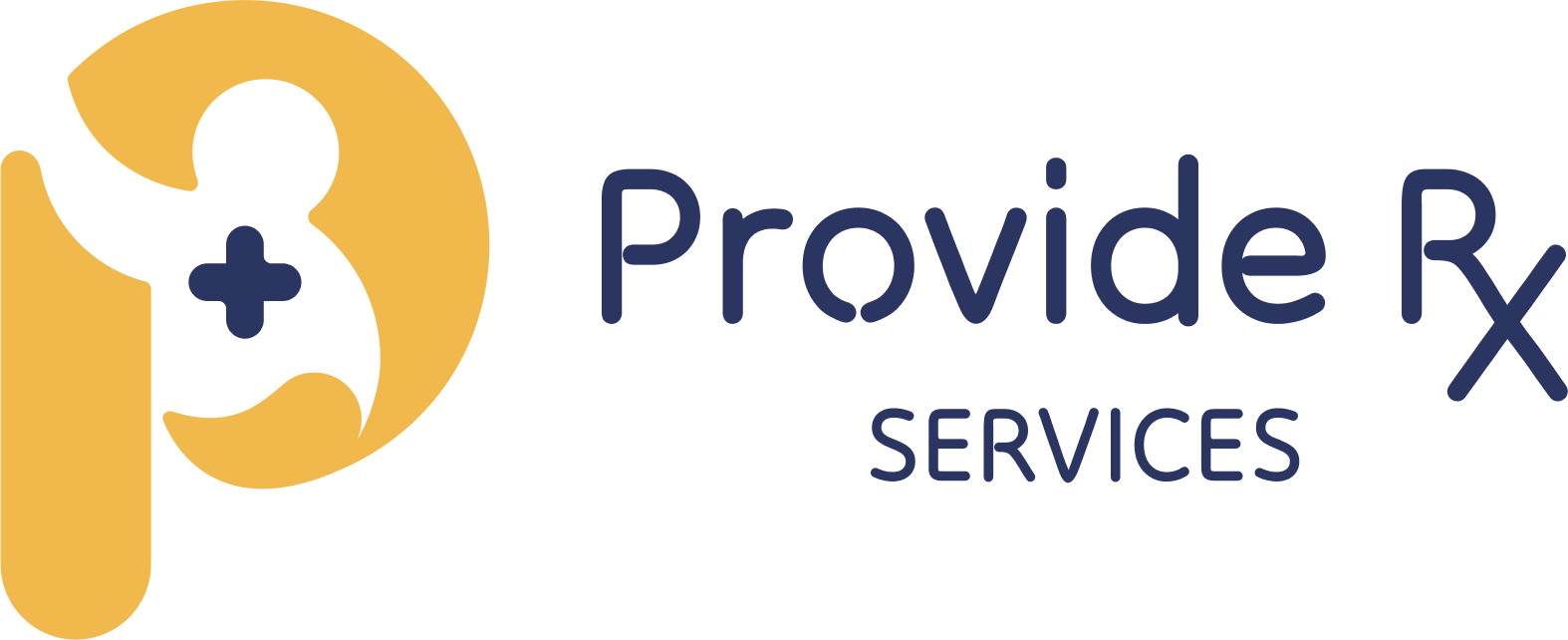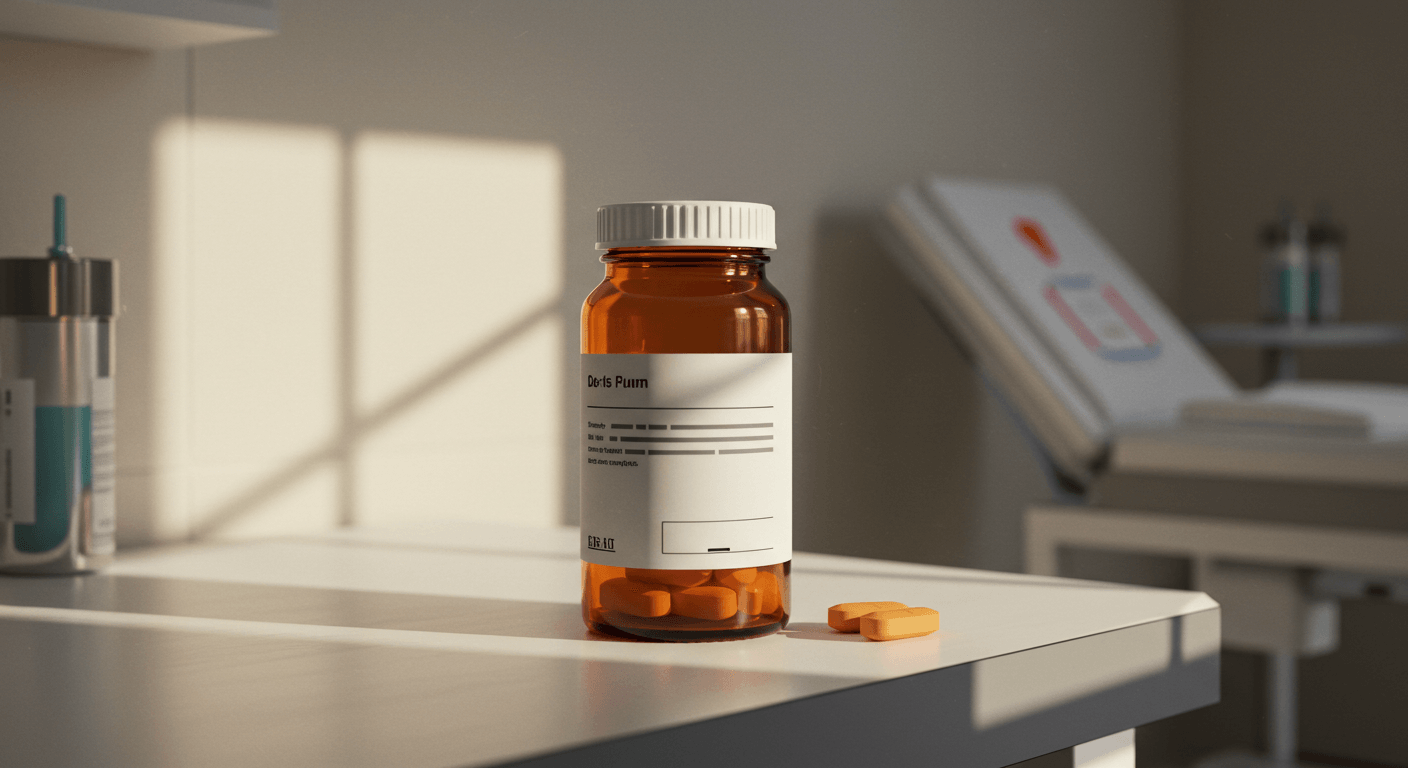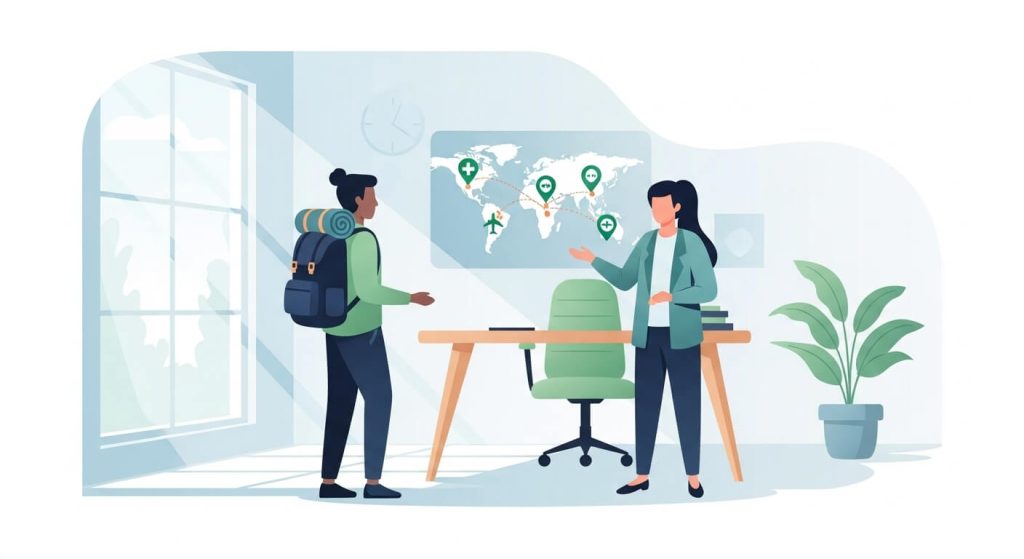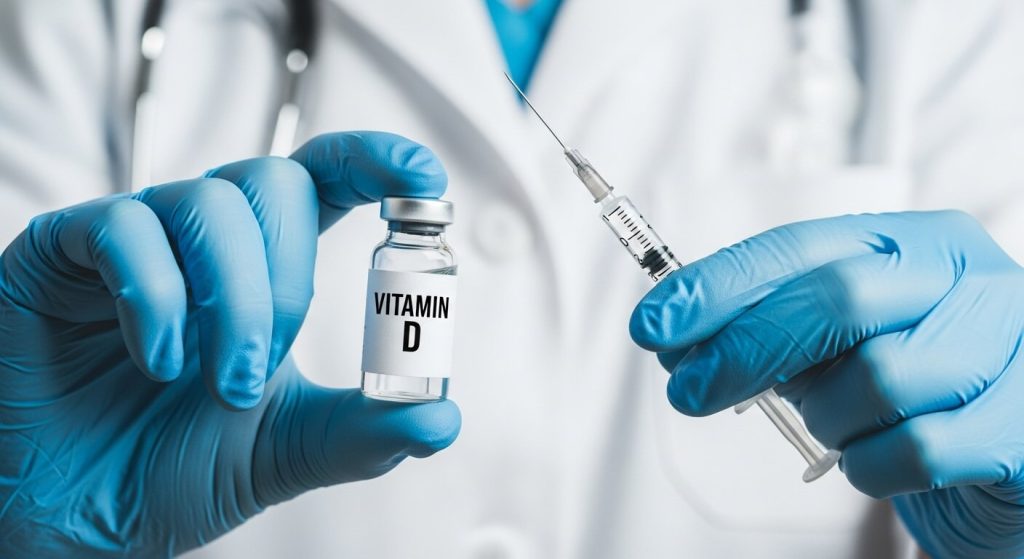Understanding your prescription label is essential for safe and effective medication use. A clear label ensures you know exactly what medicine you are taking, how to take it, and when. Misreading it can lead to missed doses, overdosing, or dangerous interactions.
Why Prescription Labels Matter
Prescription labels are more than just stickers on a bottle—they are your personalized instructions for safe medication use. They include critical information like dosage, timing, and special warnings. If you have ever wondered about the prescription label meaning, think of it as the “user manual” for your treatment.
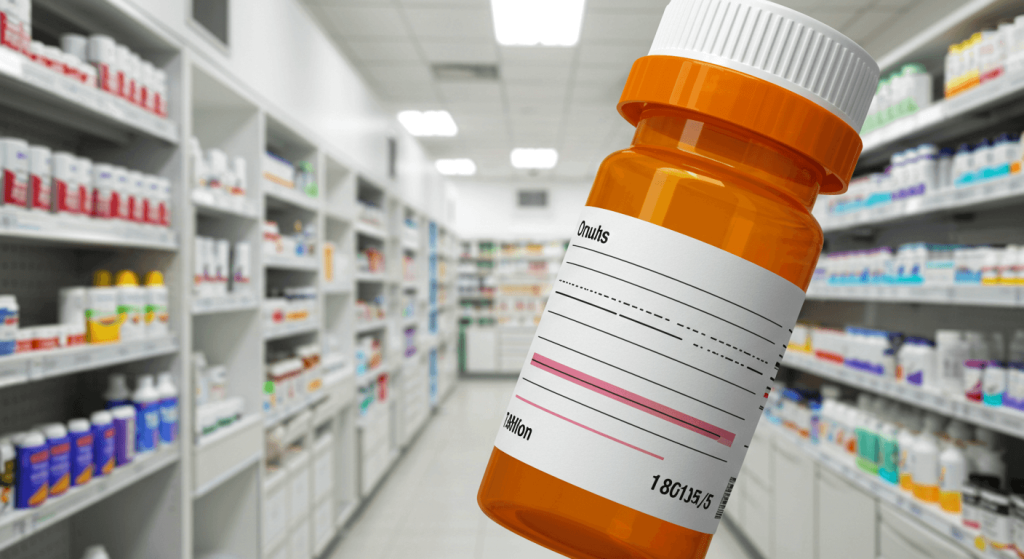
Key Sections of a Prescription Label
Every prescription label may look slightly different depending on your pharmacy, but the essential elements are consistent. Here’s what to look for and how to interpret each part:
Patient Information
This section includes your name and sometimes your address. Always verify that the label has your details—mix-ups can happen, and you want to ensure the medicine is truly yours.
Medication Name
You’ll see either the brand name, generic name, or both. Knowing this helps you avoid confusion, especially if your doctor or pharmacist uses different terminology.
Dosage and Instructions
This is the heart of the label. It tells you how much to take, how often, and for how long. For example, “Take 1 tablet twice daily with food” means every 12 hours, ideally during meals.
Special Warnings or Storage Information
Look for notes like “Store in the refrigerator” or “Avoid sunlight.” These instructions help preserve your medication’s effectiveness.
Pharmacy Contact Details
In case of questions, the label includes your pharmacy’s phone number. Don’t hesitate to call if something isn’t clear.
Common Challenges When Reading a Prescription Label
Many patients struggle with small print, abbreviations, or medical jargon. For example, “PO” means “by mouth,” while “BID” means “twice a day.” If you see terms you don’t understand, ask your pharmacist to clarify.

Tips to Avoid Medication Mistakes
- Check your name and drug name every time.
- Follow timing instructions closely—set reminders if needed.
- Ask about food or drink interactions—some drugs require empty stomachs; others need meals.
- Keep your label intact—avoid peeling it off or smudging it.
For more details, the FDA’s official medication labeling guide offers clear explanations of standard terms and safety tips.
When to Seek Clarification
If anything on your prescription label feels unclear—dosage, duration, side effects—call your pharmacist immediately. For example, patients with chronic conditions often work with medical tourism facilitators to understand and manage their medications, especially when obtaining them abroad. Our earlier guide on Medical Tourism in Mexico: Save on Meds & Healthcare Fast can be helpful if you’re considering cross-border options.
For those specifically traveling to Baja California, our resource on Medical Tourism in Tijuana: Affordable Prescription Access for Americans offers detailed steps on how to combine cost savings with safe, reliable prescription services.
How to Keep Your Prescription Label Readable
Over time, labels can fade, peel, or become smudged—especially if stored in humid places like bathrooms. A damaged label makes it harder to follow instructions correctly. To protect it:
- Keep your medication in a cool, dry place.
- Avoid storing it in direct sunlight or near heat sources.
- If the label starts to wear off, ask your pharmacy for a reprint immediately.
Maintaining a clear prescription label not only helps you follow your treatment but also makes refills and medical consultations much easier, as healthcare providers can quickly confirm your medication details.
Final Thoughts
Learning how to read a prescription label empowers you to take control of your treatment. It’s a skill every patient should master—not just for your safety but for peace of mind.
If you want to ensure you fully understand your medications and how to manage them, reach out to your healthcare provider or pharmacist today. Clarity now can prevent complications later.
